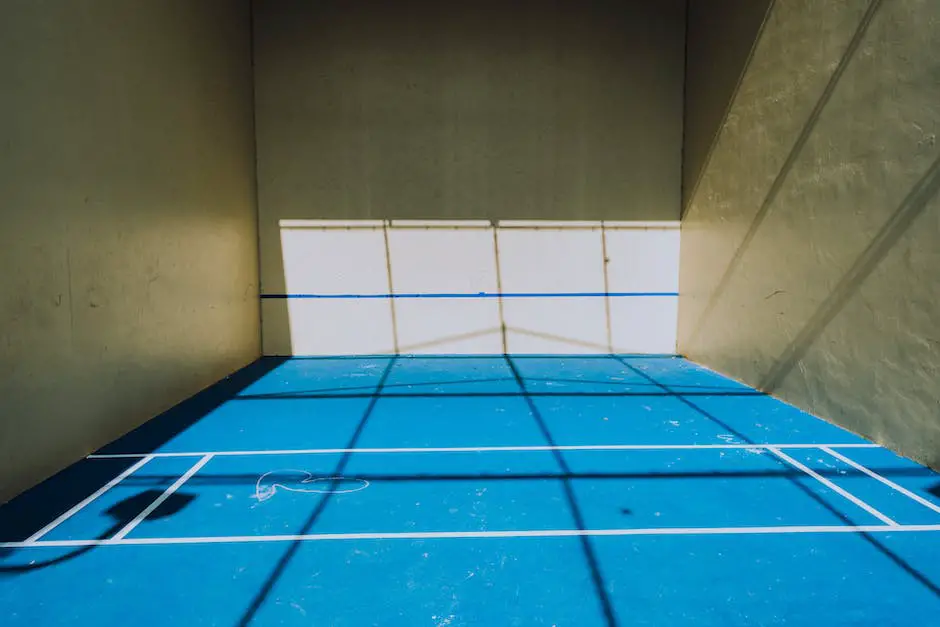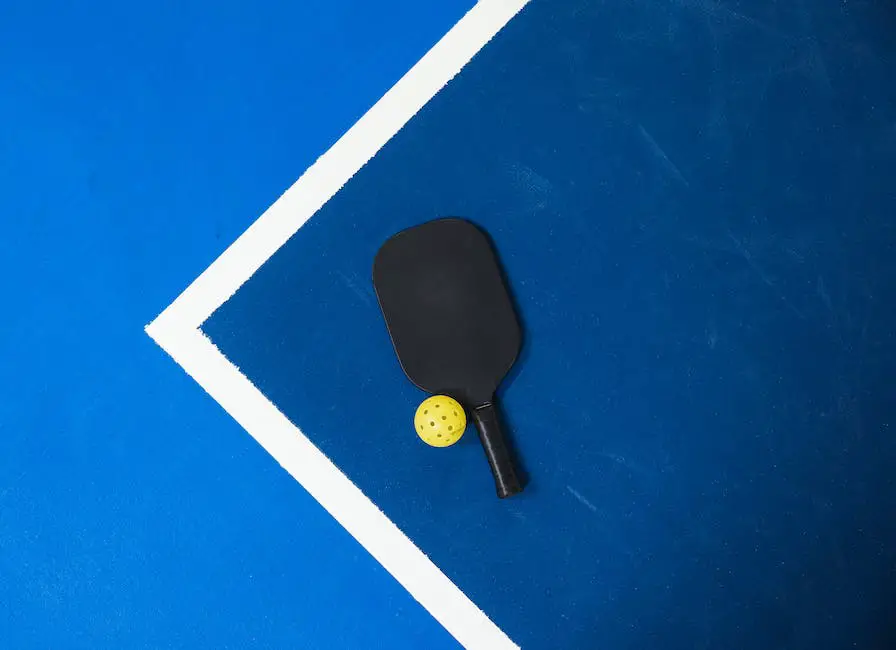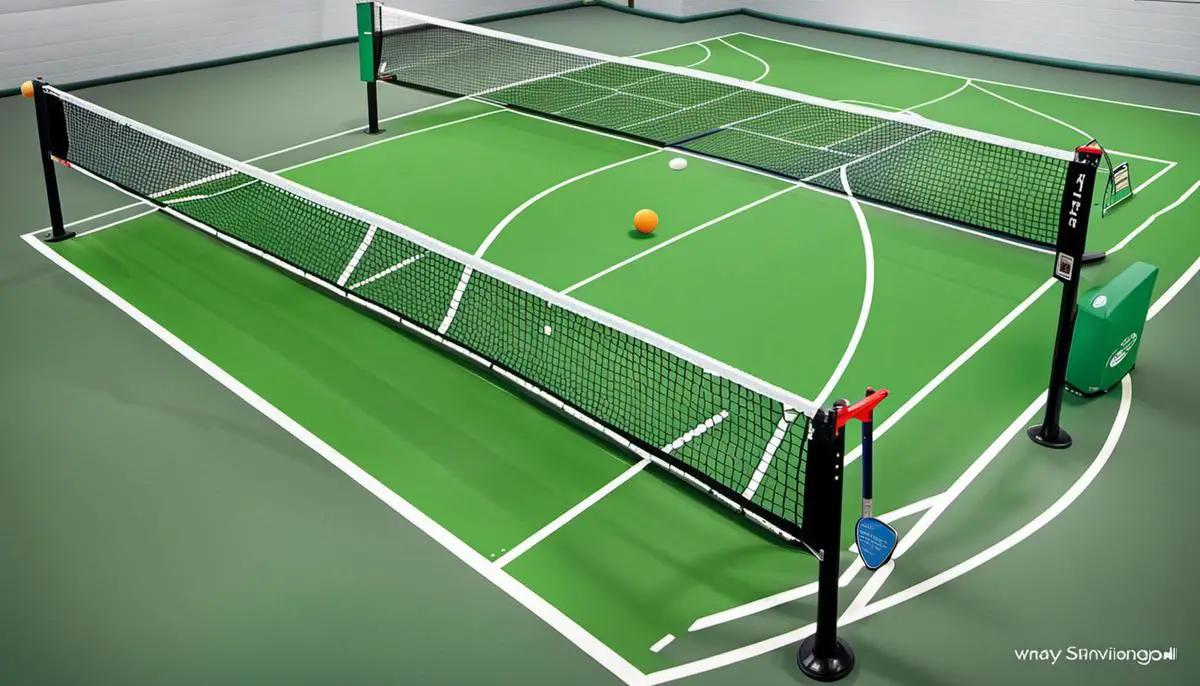The fast-paced game of pickleball is emerging as one of the most popular sports, with people of all ages finding it both challenging and fun. From the basic rules to the requisite equipment, understanding the game is the first step towards mastering it. Furthermore, the dimensions of the court and scoring system form an integral part of the gameplay. This guide is here to help you, a beginner or enthusiast, get the most out of the game. We will navigate through singles and doubles play, breakdown essential pickleball skills such as serving, volleying, returning serves, dinking, and lobbing. Also, we delve into strategies for offence and defence, which are vital for any competitive sport.
Understanding the Basics of Pickleball
Understanding the Basics of Pickleball
Pickleball is a racquet sport that combines elements of badminton, tennis, and table tennis. Played between two or four players, the game utilizes a perforated plastic ball, similar to a whiffle ball, and wood or composite paddles. It’s a simple game that can be picked up quickly, but also has the potential for strategic plays between more experienced players.
Basic Rules of Pickleball
Players serve diagonally, starting with the right-hand service-square. Only the serving side can score a point. The server continues to serve, alternating service courts, until the server faults. A fault occurs if the served ball touches the non-volley zone, the ball does not land in the opponent’s service court, or the server misses the ball when trying to hit it. The serve must be made with an underhand stroke so that contact with the ball is made below waist level.
One crucial rule is the non-volley zone rule, also known as the “kitchen”. This rule prevents players from smashing the ball from up-close, thereby adding a bit of finesse to the game. Players cannot volley a ball while standing within the non-volley zone.
Equipment Used in Pickleball
Central to pickleball are the paddles and ball, both of which are unique to the sport. The paddles, larger than ping pong paddles but smaller than tennis racquets, are usually made from lightweight composite materials like aluminum or graphite. The ball has holes through it like a whiffle ball, and comes in two versions: indoor and outdoor.
Pickleball Court Dimensions
The dimensions of a pickleball court are identical to those of a double’s badminton court. The total dimensions of a court are 20 feet wide and 44 feet long. The court is divided into two sections by a net that stands 36 inches on the ends and 34 inches in the middle. The non-volley zone extends 7 feet on each side of the net and is marked by a line.
Scoring System in Pickleball
A team scores a point only when serving. A player who is serving continues to do so until a fault is made. Games are typically played to 11, 15, or 21 points, with a win requiring a two-point margin.
Difference between Singles and Doubles Play
In singles play, each player serves and receives in his/her diagonal box in the court, just like in tennis. However, in doubles play, players operate from one side of the court, taking turns to serve, and rotating positions only when they score points. The ability to cover less ground and collaborate with a partner can make doubles play less physically demanding than singles.
Pickleball is a fun and engaging game for players of all ages and skill levels. Understanding its basic rules and gameplay can help you enjoy and excel in the sport.

Developing Essential Pickleball Skills
Understanding the Basic Pickleball Skills
Pickleball is a mix of tennis, badminton, and table tennis, and requires some specific skills to play effectively. Here are step-by-step instructions on developing essential skills:
Serving in Pickleball
- Stand behind the baseline, hold your paddle with both hands, and balance the ball on the face of your paddle.
- Let the ball drop from your paddle and hit it just after it bounces, aiming for the opposite service court.
- Swing the paddle from a low to high position, brushing the back of the ball to create topspin.
Returning a Serve in Pickleball
- Wait for the ball to bounce once in your service court.
- Using both hands on your paddle, swing towards the ball and aim for the opponent’s side of the court.
- Try to keep your return low and deep in the court to make it difficult for the opponent to volley.
Volleying in Pickleball
- Stand near the net (around the non-volley line) and prepare for an incoming shot.
- Hit the ball out of the air, without letting it bounce, using a forward motion with your paddle.
- Aim to place your volley into open spaces on the court or at your opponent’s feet.
Executing a Dink in Pickleball
- A dink shot is a soft shot that lands within the non-volley zone, used to control the pace of the game.
- Lightly hit the ball, aiming to lob it just over the net and into the non-volley zone.
- Always stay ready for return shots.
Mastering a Lob in Pickleball
- A lob is a strategic shot intended to go over your opponent’s head and land deep into their court.
- Aim your shot high and deep, using a lifting swing to push the ball upwards.
- Lobs can be risky, with the potential of being smashed by your opponent, so use them sparingly and strategically.
Understanding Offensive and Defensive Strategies
When playing offensively in pickleball, keep your opponent on the move by sending the ball from one side of the court to the other. For defensive play, position yourself in the center of your baseline to cover as much of the court as possible, returning shots deep and low, forcing your opponent to move backward.
Remember, practice makes perfect.
The more you practice these essential pickleball skills, the better you will become.

Practicing Pickleball Games and Drills
Understanding the Basics of Pickleball
Pickleball is a combination of tennis, badminton, and table tennis. The sport is played with a paddle and a plastic ball with holes and is usually played in doubles on a badminton-sized court. Serving in pickleball is carried out underhand, hitting the ball diagonally to the opponent’s service zone without bouncing.
Practicing Pickleball Games
Before embarking on practice games, become familiar with the basic rules of the game. Begin by practicing the serve. Stand behind the baseline on the right side of the court and hit the ball diagonally to the service zone of the opponent’s court. Practice returning the serve and the third shot, which is critical in Pickleball.
To play practice games, gather a group of four players and split into two teams. Each team is given plenty of opportunities to practice their serves, returns and third shots. The main focus should be on ball control, strategy and placement rather than power.
Pickleball Drills for Improvement
Drills are essential for improving your pickleball skills. Below are some drills you can work on to improve your speed, accuracy, and ball control.
- Dinking Drill:
This is to improve control and patience. Stand across from your partner at the net and continually dink the ball back and forth. The aim is to have long rallies without mistakes or hitting the ball too hard. - Third Shot Drop Drill:
The goal of this drill is to sharpen your shots. Stand at the non-volley line while your partner stands at the baseline. Your partner feeds you the ball, and your goal is to make a “third shot drop” into their non-volley zone. - Volley Drill:
This drill will help enhance your reaction speed at the net. Stand about six to ten feet away from your partner and volley the ball to each other. The goal is to keep the ball off the ground as long as possible, focusing on control without hitting the ball too hard. - Serving and Returning Drill:
Perfect your serve and returning skills through this drill. Continually serve to a target area where you want your serve to land. On return, aim to hit deep serves at a target in your opponent’s court.
Remember, the goal in all these drills is to improve and be consistent. Keep practicing regularly, and your skills in pickleball will vastly improve.

As you continue your journey towards becoming a seasoned pickleball player, remember the importance of practice. It’s vital to play practice games regularly in order to implement your learnt skills and strategies seamlessly during an actual match. Participating in drills for speed, accuracy, and control can help in refining your game further. While the initial attempts can be overwhelming, persisting in the practice will bring rewards in the end. So, pick up your paddle, step into the court, and let the game of pickleball become an exciting part of your life.